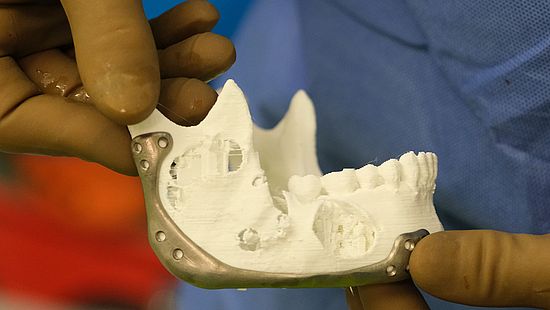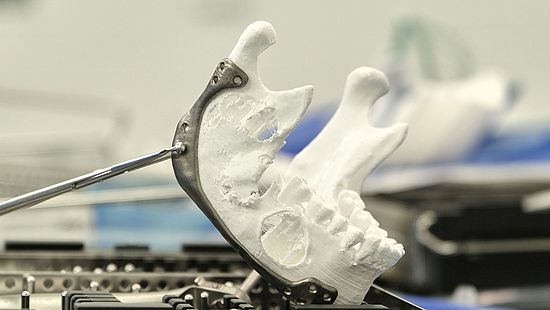Metal Personalized Implants
Our research incorporates finite element (FE) analysis, a computational modeling tool that allows us to simulate implant-bone models under biomechanical forces specific to each patient. By utilizing FE analysis, we can evaluate and optimize implant designs, ensuring they are tailored to withstand the physiological forces unique to each case. This process enables us to refine implants using nature-inspired optimization algorithms, achieving low-profile designs that facilitate less invasive surgeries and promote improved healing processes. In addition to optimizing implant design, FE models help predict which regions of the implant may require structural enhancement to prevent issues like stress shielding or implant failure. By iteratively refining the design through topology optimization, we create implants that evenly distribute mechanical loads across the bone-implant interface, reducing the risk of localized stress concentration, bone resorption, and implant failure.
One of the challenges in metal (Titanium) 3D printing is accounting for production-related directional variances in material strength, which can affect the structural performance of the implants. Our research addresses these challenges by incorporating extensive material characterization into the design process, ensuring these variances are considered and mitigated. To ensure the safety and efficacy of our implants, we validate our FE models through rigorous biomechanical testing. This validation is crucial for confirming the reliability of our in silico models and for reducing the need for extensive biomechanical and clinical trials. Ultimately, our approach allows us to rapidly develop new, improved, safe, and effective patient treatment options, providing them with the best possible outcomes.







